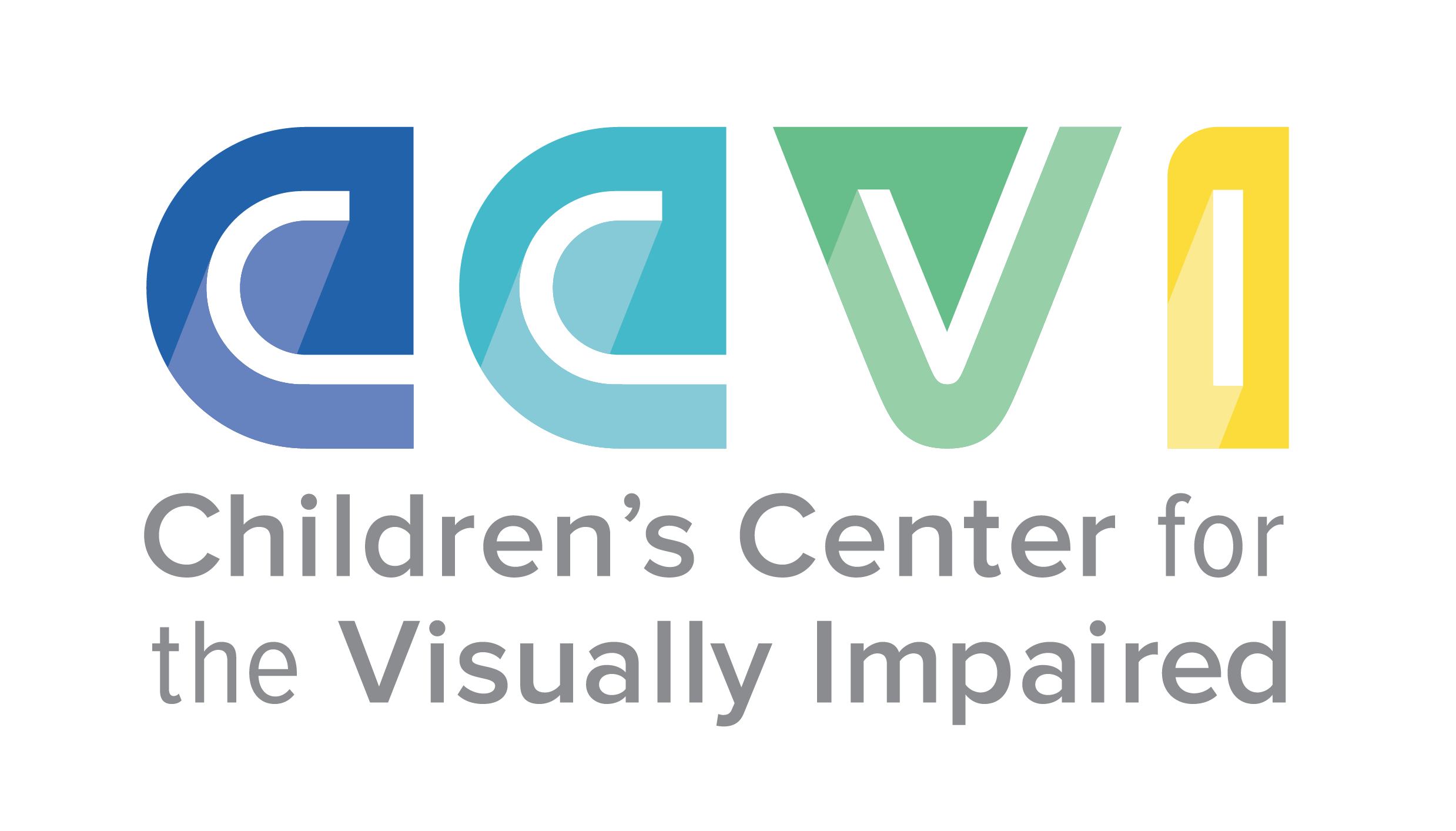Red Flags to Identify Cortical Visual Impairment
Scenario:
A 1-year-old sits with her mother while they read a storybook, Pete the Cat. Despite the colorful blue and green pages, the child’s eyes and head wander toward a nearby window with the morning sunlight pouring in.
A 4-year-old, diagnosed with autism, struggles to stay engaged during a preschool circle time. His teacher shows visual cues for their class calendar on a white board with lots of dry erase marker writing in purple. Despite her efforts to direct his attention to the board, he reaches for a red fire truck behind her and exhibits aggressive behaviors when she turns him away from it.
A 6-year-old struggles to stay engaged during math time. Originally diagnosed with epilepsy, the child attempts to turn away from their desk and avoid the page with a number line. It is a common behavior for the child to get up and elope.
All three children were given an eye exam within a few months of their birth and presented normally, yet their development continues to stall and progress is not being made.
One of the biggest misconceptions in the field of vision is that an eye exam paints the whole picture of what a child can and cannot see.
Cortical visual impairment (CVI) is a decreased visual response due to a neurological problem affecting the visual part of the brain. Typically, a child with CVI has a normal eye exam or has an eye condition that cannot account for the abnormal visual behavior. Children with CVI display characteristic behaviors. It is one of the most frequent causes of visual impairment in children from developed countries, says the American Association for Pediatric Ophthalmology and Strabismus (AAPOS).
Although the prevalence of diagnosed CVI has increased, experts in the field of vision and medicine continue to believe there is a massive under identification.
Here’s CCVI’s top five red flags for identifying Cortical Visual Impairment in a child:
1. Does the child have a preferred color?
Color, or even the absence of color, is important in reference to CVI. Because red and yellow are two of the easiest colors for the brain to perceive, these are often favored by children with Cortical Visual Impairment. However, a color preference other than red and yellow can also be an indicator of CVI. Usually, a child will be more engaged in materials and objects that have high contrast.
2. What does the visual attention of the individual look like?
Ask yourself, ‘how does the child look at an item presented to them?’ and whether or not they concentrate on just one part of it or the item as a whole. If they focus on the familiar parts of an object first and then move on to more novel parts, that might be a sign of a visual impairment.
3. Does the child have a larger interest in moving objects?
Children with CVI often have an attraction to moving toys such as items that dance, spin, or rotate. Sometimes, reflected objects like aluminum foil can even mimic movement based on the light bouncing off of it. These have a high appeal to children with Cortical Visual Impairment. As the need for movement improves, you may just need to shake a toy a few times to get sustained visual attention
4. Do you notice a visual latency?
Visual latency is a delayed response from the time a visual target is presented to the time the target is visually regarded. For kids with CVI, it may take up to 1-2 minutes for a child to notice something visually. This will improve over time and with familiar items or people; however, latency may appear worse when tired, hungry, or overstimulated.
5. Does the child exhibit difficult behaviors?
A frequent response to an inability to process visuals, particularly complex visuals, is for the child to display behavior. In many cases, this is misread by an educator as ‘misbehaving’ rather than a form of communication to say, “I’m not processing what you’re presenting me with.” In many classrooms, this could look like a child avoiding coming to the table to complete work or turning away. In other cases, it could be a child pushing away materials that are too complex or visually cluttered.
Often misdiagnosed, Cortical Visual Impairment can be the missing piece of the puzzle for children who struggle to make progress in early intervention sessions. As a relatively unknown condition, it is important to remain vigilant for diagnosis in the early years of development where the most progress can be made. Adding a Certified Teacher for the Visually Impaired to the child’s team can assist in interventions and strategies to set them up for success.
If you suspect a child you know may have Cortical Visual Impairment, arrange for a Functional Vision Evaluation to be completed by a Certified Teacher of the Visually Impaired by contacting CCVI and consult an Ophthalmologist or Neurologist.

